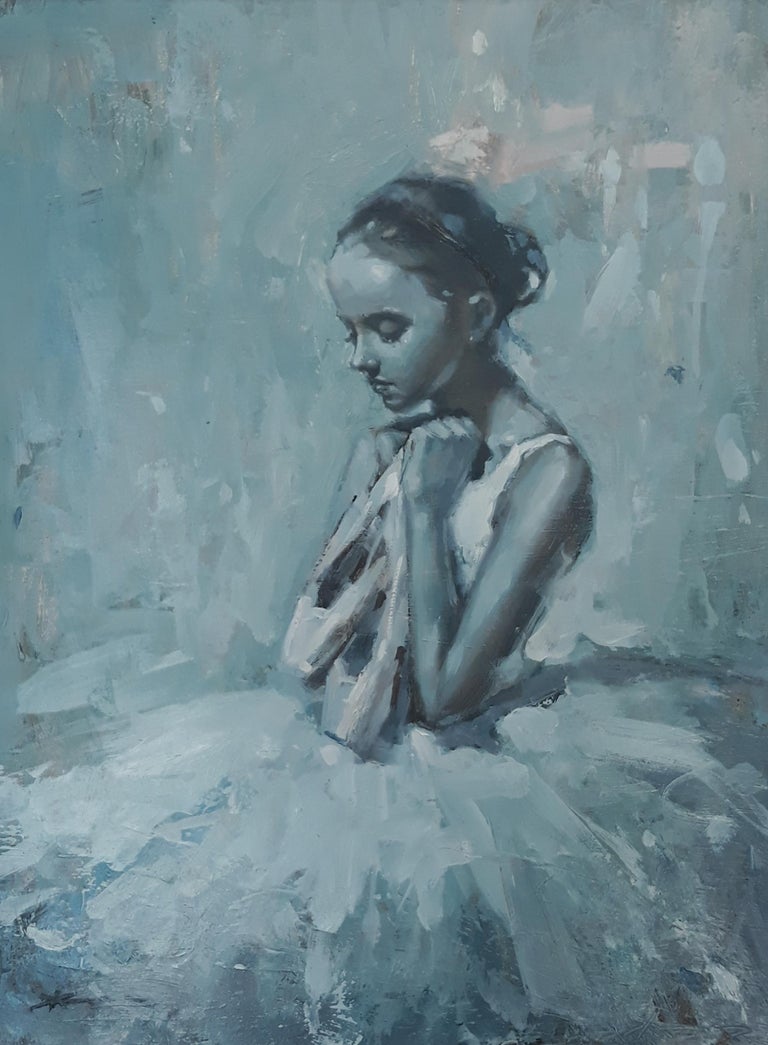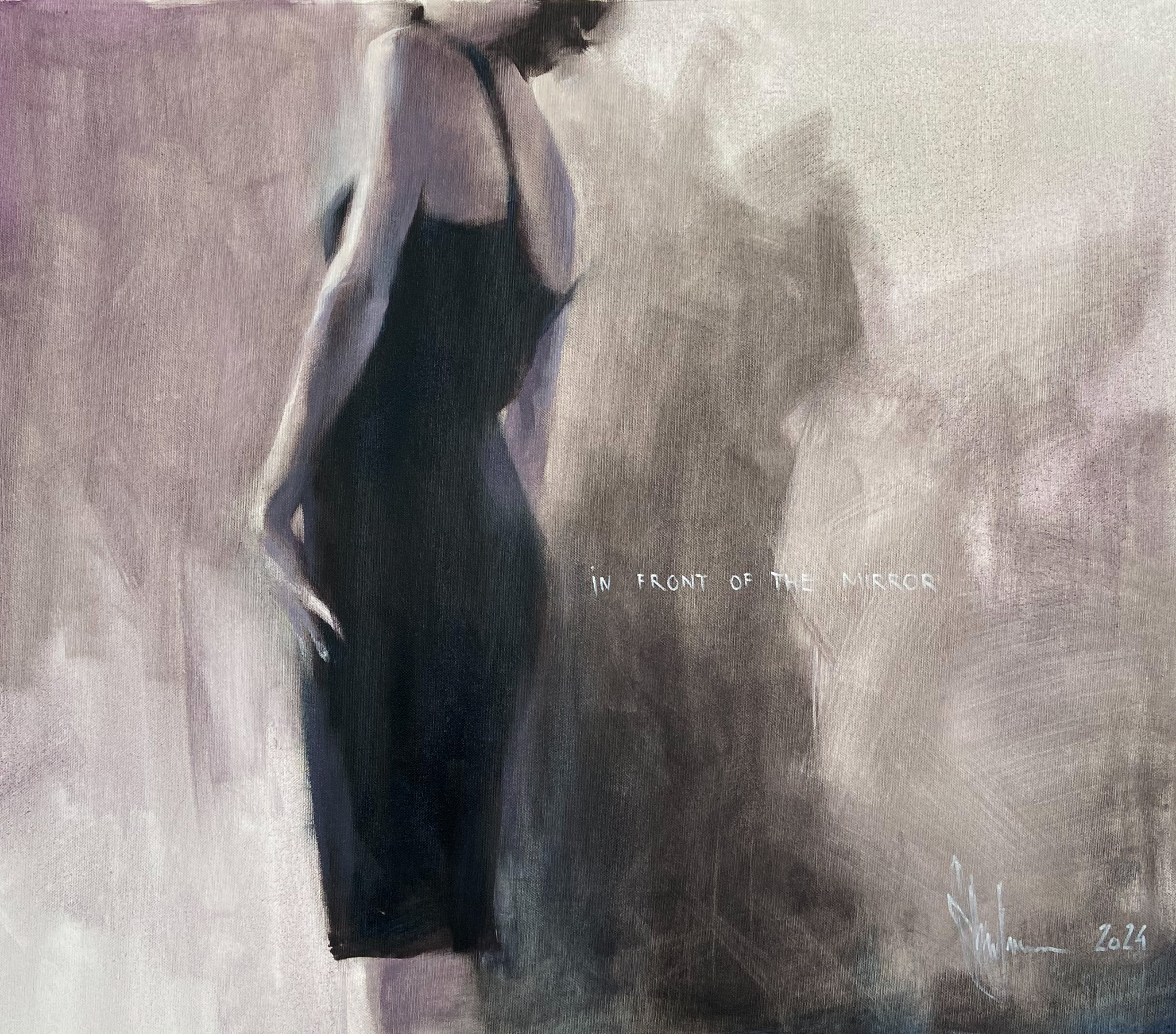Mastering the Art of Figurative Oil Painting: Essential Tips and Techniques for Aspiring Artists
Figurative oil painting represents an intricate intersection of strategy and interpretation, requiring a detailed comprehension of human composition, composition, and color theory. An expedition of color harmony and texture techniques can considerably boost the aesthetic influence of their work.

Understanding Human Anatomy
Understanding human makeup is basic for any kind of artist aspiring to grasp figurative oil painting. A detailed understanding of the human kind enables artists to develop lifelike representations that resonate with audiences. Understanding of anatomical structures, such as muscular tissues, bones, and joints, supplies necessary understanding right into exactly how the body steps and presents.
Artists need to acquaint themselves with the percentages of the human number, including the partnership in between different body parts and how these percentages differ throughout ages and sexes. This recognition enables precise scaling and perspective in their work. In addition, understanding the underlying musculature enhances the ability to show activity and tension in a figure, causing a more compelling and dynamic make-up.
Examining anatomy additionally assists in recognizing refined subtleties in stance and expression, which are critical for sharing emotion and story within a painting. Resources such as anatomical textbooks, life illustration sessions, and online tutorials can be invaluable devices for artists looking for to grow their physiological knowledge. Inevitably, grasping human anatomy not just enhances technical ability but additionally enriches a musician's imaginative vision, allowing them to bring their figurative oil paints to life with authenticity and depth.
Importance of Structure

Key principles of structure consist of equilibrium, unity, and centerpieces. Achieving balance makes sure that no solitary component bewilders the others, while unity develops a feeling of consistency throughout the item. Prime focus attract interest to significant aspects of the artwork, permitting audiences to engage with the story or motif extra deeply.
In addition, using leading lines and the regulation of thirds can dramatically boost composition. Leading lines naturally direct the customer's look with the painting, while the rule of thirds gives a structure for positioning crucial elements in an aesthetically attractive manner. By understanding composition, aspiring artists can raise their metaphorical oil paintings, changing them into engaging visual tales that reverberate with their audience.
Mastering Shade Concept
Color concept functions as an essential aspect of metaphorical oil paint that complements the concepts of composition. Understanding the shade wheel, that includes primary, secondary, and tertiary shades, is essential for creating unified combinations and effective aesthetic narratives.
Trick ideas such as tone, value, and saturation play an important duty in determining the mood and influence of a painting. Musicians ought to explore awesome and cozy colors to stimulate specific feelings; cozy colors usually communicate power and enthusiasm, while trendy colors can convey calmness and peace.
The relationship between corresponding shades-- those contrary each various other on the color wheel-- can produce striking contrasts and vibrant structures. When compared, these colors boost each other's vibrancy, attracting the viewer's eye and adding deepness to the art work.
Furthermore, recognizing analogous colors permits artists to accomplish a feeling of unity and coherence. By choosing shades that are surrounding on the wheel, one can maintain a balanced atmosphere throughout the item.
Inevitably, mastering color concept outfits aspiring artists with the devices essential to control shade deliberately, enhancing their capability to share feeling and narrative through figurative oil paint. figurative oil painting.
Techniques for Structure
A range of strategies can effectively create texture in figurative oil paint, adding depth and dimension to the artwork. One fundamental method is making use of impasto, where thick layers of paint are used to the canvas, allowing for a three-dimensional high quality. This method improves light interaction, producing dynamic aesthetic interest.
Another approach is scumbling, which entails using a slim layer of lighter paint over a dried out darker layer. This method enables the underlying color to show via, causing a soft, distinctive impact that can stimulate a feeling of ambience or age. Dry cleaning is likewise necessary; utilizing a dry brush with very little paint, musicians can produce fine lines and fragile appearances, best for recording the nuances of skin or fabric.
In addition, palette blades can be used to apply or scuff paint, generating unique patterns and textures. Trying out various tools and products, such as sponges or dustcloths, can additionally enhance the textural quality of a paint. Eventually, mastering these strategies needs method and testing, allowing musicians to discover the varied tactile high qualities that can raise their figurative jobs.
Developing Your One-of-a-kind Design
An artist's one-of-a-kind design is typically the culmination of individual experiences, influences, and methods honed in time. Developing this originality in figurative oil paint requires a mindful effort to check out both your inner self and the wider artistic landscape. Begin by showing on the go to website themes and subjects that reverberate with you psychologically; your enthusiasm will certainly infuse credibility into your work.
Research different designs and activities, but rather than mimicing, remove elements that talk to you - figurative oil painting. Explore various strategies, color schemes, and compositions, enabling on your own the liberty to play without the stress of excellence. Keep a sketchbook or visit here journal to document your thoughts, concepts, and artistic progress; this will function as a beneficial resource for recognizing recurring motifs and preferences
Seek useful comments from peers or advisors, as they can provide insights that illuminate aspects of your work you may neglect. Go to workshops and events, submersing on your own in the art neighborhood to additional fine-tune your viewpoint. Be client with yourself; the trip of creating an unique design is recurring, progressing with every canvas and each brushstroke you experience. Embrace the procedure as long as the outcome, and your distinctive voice will emerge.

Verdict
Understanding figurative oil painting necessitates a comprehensive understanding of human makeup, composition, and shade concept. Welcoming these fundamental concepts will significantly benefit aspiring artists on their innovative journey.
Figurative oil painting represents a complex crossway of technique and interpretation, demanding a detailed understanding of human makeup, make-up, and shade concept. An exploration website link of color harmony and structure techniques can considerably enhance the aesthetic influence of their work. By understanding structure, striving artists can elevate their figurative oil paints, changing them right into compelling aesthetic stories that resonate with their target market.
Experiment with various methods, shade combinations, and make-ups, allowing yourself the freedom to play without the stress of excellence.Mastering figurative oil painting requires an extensive grasp of human makeup, structure, and color concept.